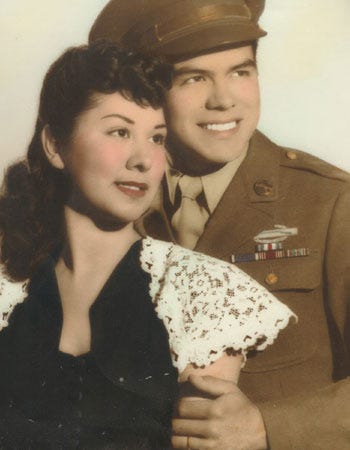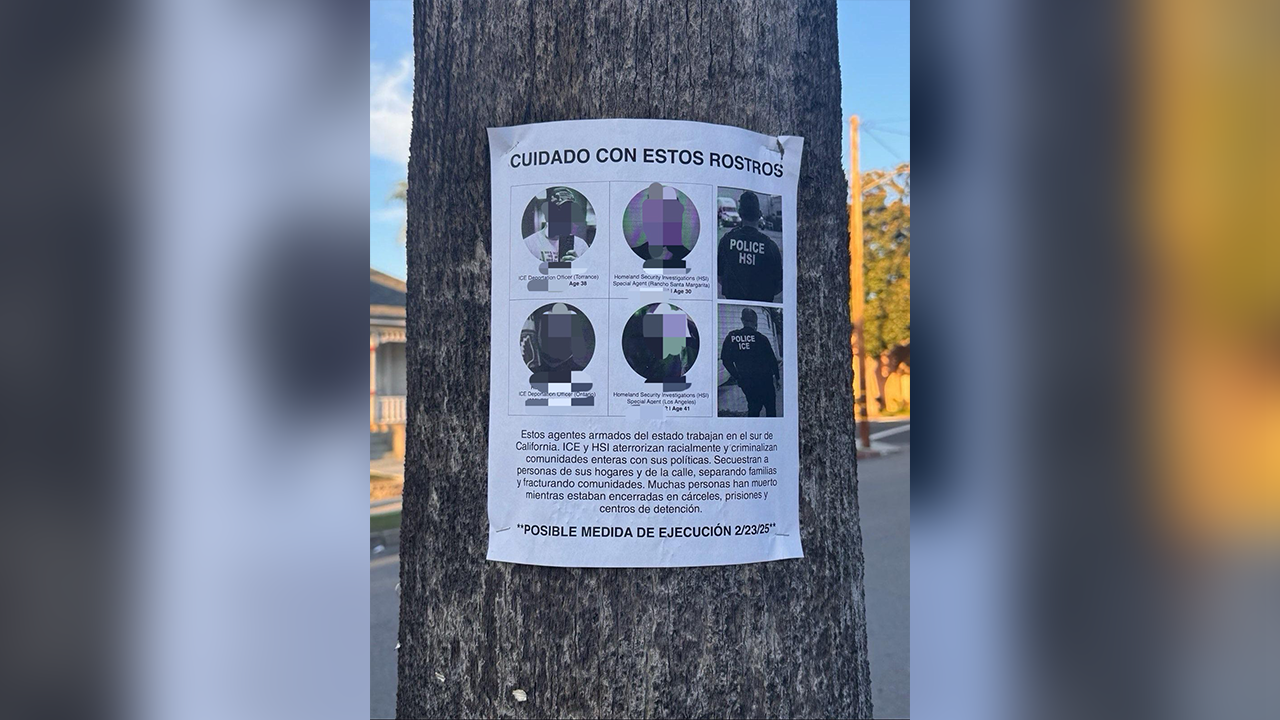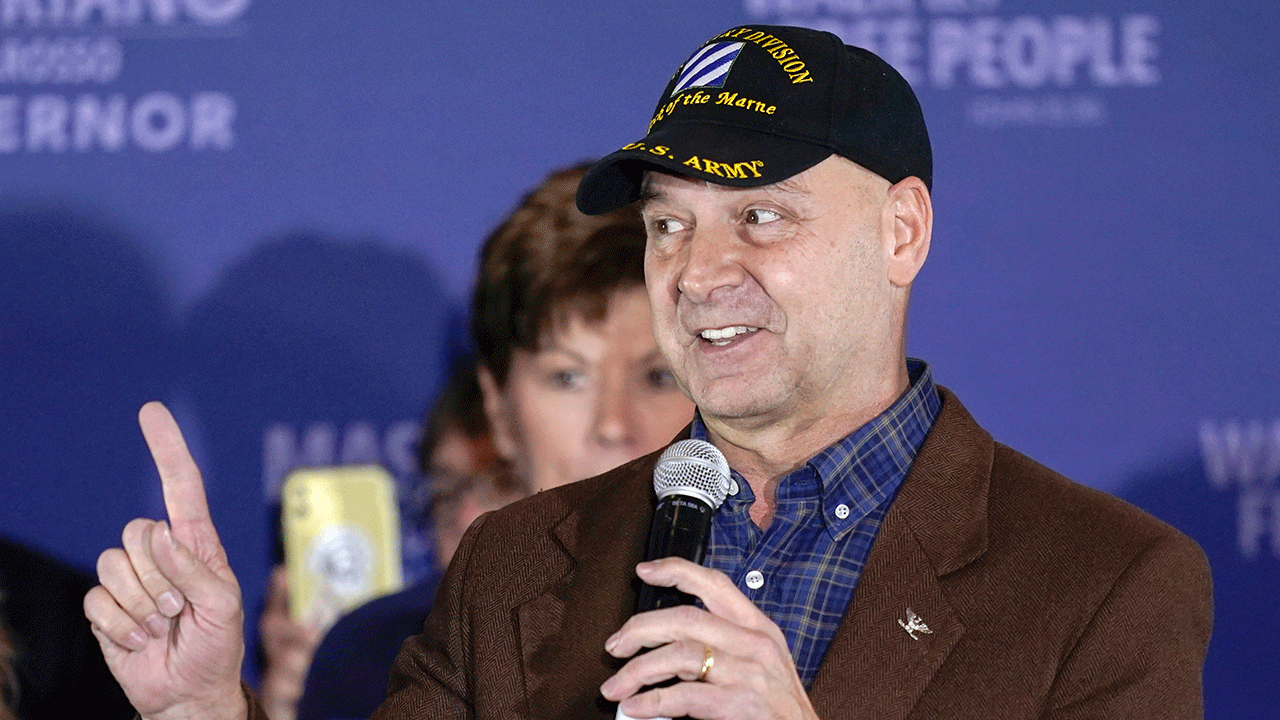Two veteran NASA spaceflyers and a European astronaut are ready to do their part to prime the International Space Station (ISS) for expansion once their shuttle Discovery launches into orbit this week.
NASA astronauts Stephanie Wilson, Daniel Tani and Italian spaceflyer Paolo Nespoli are set to launch toward the space station with three crewmates Tuesday to kick off a challenging 14-day construction flight.
The astronaut trio has a mixed bag of duties, ranging from robotic arm work to spacewalk choreography, to help move an old U.S. solar power tower and install the new Harmony connecting node.
• Click here to visit FOXNews.com’s Space Center.
“The space station was meant international,” Wilson said in a NASA interview, adding that the Harmony module will anchor new laboratories from NASA’s ISS partners. “So it’s wonderful to be expanding the science opportunity by adding, in future flights, the Japanese and the European laboratory modules.”
Commanded by veteran spaceflyer Pamela Melroy, Discovery’s STS-120 crew is slated to launch at 11:38 a.m. EDT (1538 GMT) Tuesday from Pad 39A here at the Kennedy Space Center.
Robotics chief
Hailing from Pittsfield, Mass., Wilson is making her second shuttle flight in two years with Discovery’s upcoming liftoff and will oversee the tricky robotics work to inspect the shuttle’s heat shield for damage, install the Harmony node and relocate the station’s older Port 6 solar array segment to its permanent position on the outpost’s port side.
She first flew as a robotic arm operator during the NASA’s STS-121 mission in July 2006, and hopes to use that experience to aid her fellow crewmates who will control the shuttle and ISS robotic arms for the first time.
“So I actually feel that my biggest role is to help assist them become experienced robotic arm operators, and to help make sure that they get the training that they need,” Wilson, 41, said in a preflight interview.
Wilson joined NASA long before she began training as an astronaut in 1996. An aerospace engineer, she joined NASA’s Jet Propulsion Laboratory in 1992 and supported the Galileo mission to explore Jupiter before applying twice to the agency’s spaceflying ranks.
During STS-120, Wilson will also serve as flight engineer to assist Melroy and shuttle pilot George Zamka during launch and landing.
But it is the relocation of the 17.5-ton Port 6 truss, which has sat in its mast-like perch above the station’s Unity module for almost seven years, which she finds most challenging.
Moving the hefty solar power tower requires coordination between the station and shuttle robotic arms to pluck the segment free, install it at the leftmost edge of the outpost’s backbone-like main truss and then finally unfurl its wing-like arrays.
“That is a very complex activity,” Wilson said. “We hope it will go smoothly, but perhaps it will go differently.”
From Italy, with pride
For Nespoli, Tuesday’s planned launch aboard Discovery will bring a lifelong dream of spaceflight to fruition.
“It was a seed that, I would say, started when I was a little kid and I was seeing these images coming from the moon, with the astronaut bouncing around,” said Nespoli, 50, who represents both the Italian and European Space Agencies (ESA). “I thought, ‘Wow, that’s what I’d really like to do when I grow up.'”
A former Special Forces operator in the Italian Army, Nespoli is a native of Verano Brianza, Milan and served as an astronaut training engineer for the European Astronaut Center in Cologne, Germany, before joining the spaceflying ranks of Italy and the ESA in 1998.
During STS-120, he will serve as a spacewalking quarterback of sorts to help choreograph his crewmates working outside the ISS during four of the mission’s five planned excursions dedicated to space station construction.
The mission holds a special place in his heart because the Harmony module was built in Italy, and he has his own Esperia science mission to perform for ESA researchers.
“It’s a big deal [in Italy] because it’s not everyday that you get to design, build and carry in space a major piece of the space station,” Nespoli said of the Harmony node.
Discovery’s commander, Pamela Melroy, has dubbed Nespoli the astronaut version of the resourceful U.S. television character “MacGyver.”
“Paulo is one of the most creative engineers I’ve ever seen,” said Melroy, adding that she once watched as he carefully chose which tools to bring in space aboard Discovery. “I encouraged him to take one of everything because I am sure he’s going to build something in space with it.”
Space station-bound
With one shuttle flight under his belt, Tani is the only member of Discovery’s crew who doesn’t plan to return home right away from the ISS.
Instead, he expects to replace NASA astronaut Clayton Anderson as part of the station’s Expedition 16 crew and spend several months living aboard the orbital laboratory.
But the 46-year-old native of Lombard, Illinois did not initially believe life as an astronaut was a possibility during his youth.
“It’s a dream job; it’s like we’re playing in the World Series or being a movie star,” Tani said in a NASA interview.
But after obtaining bachelor’s and masters degrees in mechanical engineering from the Massachusetts Institute of Technology and working alongside NASA astronauts in aerospace industry, the job seemed more attainable and he joined the agency’s spaceflying corps in 1996.
He first flew to the space station in 2001 during NASA’s 12-day STS-108 mission and will perform one spacewalk and some robotics operations while Discovery is docked at the orbital laboratory.
But unlike his last flight, Tani has the extra challenging of preparing to leave his wife Jane and two young daughters, ages 3 years and about 17 months, respectively, for a lengthy spaceflight.
“I consider the training the hard part,” Tani told reporters, adding that it entailed years packed with long-distance travel between Russian and the U.S. “I feel like I’m past the hump of the sacrifice, of the difficulty, and I think my family feels the same way now that we’ve made it through training.”
Tani is slated to return to Earth in December during NASA’s STS-122 mission aboard Atlantis, which will ferry his replacement — ESA astronaut Leopold Eyharts — to the ISS.
“It’s the coolest thing to do in the world, in my mind,” he said of his upcoming spaceflight. “So I’m pleased to be able to do it.”
Copyright © 2007 Imaginova Corp. All Rights Reserved. This material may not be published, broadcast, rewritten or redistributed.




Leave a Reply